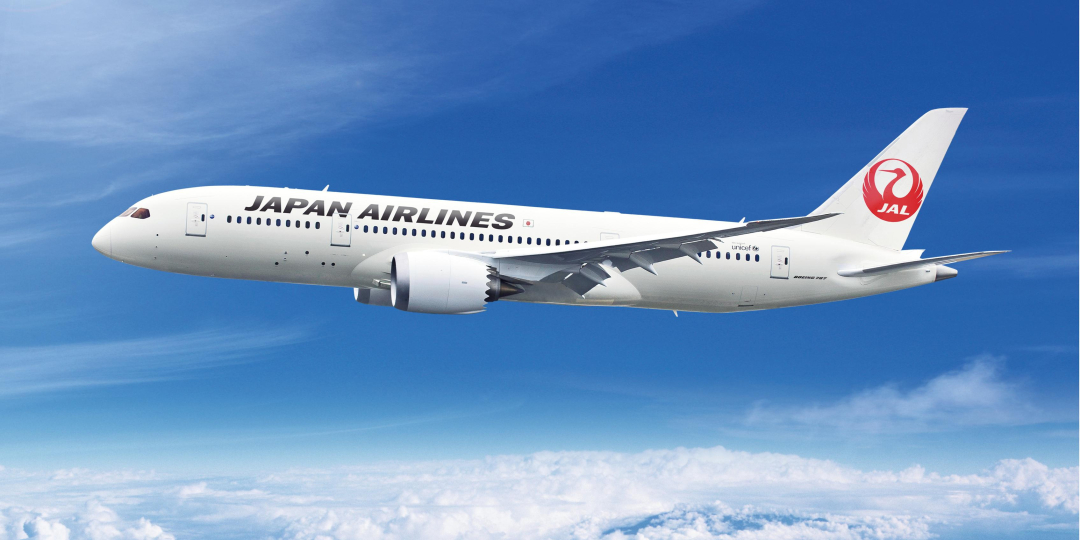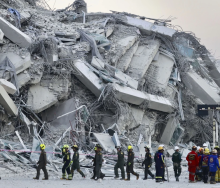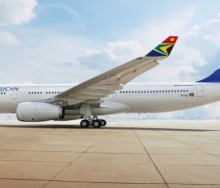Aviation industry and consumer press reports agree it was the cabin crew’s swift, calm and disciplined actions that saved the lives of the 367 passengers and 12 crew when Japan Airlines flight JL 516, an Airbus A350, collided with a Japanese Coast Guard aircraft while landing at Haneda Airport on January 2.
Eight of the passengers evacuated were children under the age of two.
ICAO and the US Federal Aviation Administration require all aircraft manufacturers to demonstrate that all planes can be fully evacuated in 90 seconds – this has been found to be the maximum evacuation time as flashover is less likely to occur in that time window. (Flashover is the term for fire spreading very rapidly through all combustible materials because of the intense heat of the air itself.)
Aviation safety website, SKYbrary, says this was an unusually fast evacuation – evacuation time windows for evacuation at landing usually exceed those demonstrated for certification purposes.
Rigorous training of cabin crew, quick thinking by those same cabin crew and a calm and orderly response from the majority of passengers are some of the factors believed to have led to a timely evacuation. Aerotime Hub, an aviation industry website, reported that, despite the raging flames, flight attendants adhered to protocol, waiting for evacuation commands from the cockpit. Passengers were largely calm and composed for much of the time, although they were clearly facing great danger on board an aircraft engulfed in flames and filling with smoke.
An important factor was that passengers listened to the flight attendants’ instructions over loudhailers (the intercom system was broken), were well-behaved and followed safety protocols, leaving their belongings in the aircraft.
Japan Airlines’ in-flight safety video has been credited with giving passengers important information that made a difference. Japan Airlines adheres to the traditional format in its in-flight safety video, with an animation showing how passengers with bags and high heels may get stuck on the escape chutes.
This is likely to have deterred passengers from insisting on getting their belongings, and motivated them to evacuate with speed.
Aerotime Hub quotes assistant professor of aviation and integrated systems engineering Shawn Pruchnicki of Ohio State University saying the biggest hindrance to the 90-second rule of evacuation are passengers insisting on taking their belongings.
The collision claimed the lives of five of the six on board the coast guard’s aircraft, a much smaller DHC-8-315Q.














